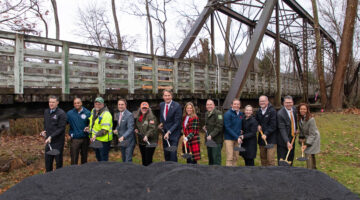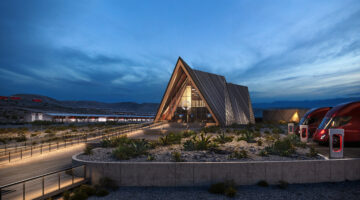North America’s current power transmission and distribution infrastructure has seen a long life. Overall, it’s been a very resilient investment that has performed well over the past 50-70 years. However, its degradation is inevitable. It not only needs to be replaced; it needs to be modernized to meet the changing demands on the power grid. The growth of renewable energy, the use of electric vehicles for everyday transportation, and the closing of both coal and nuclear plants are all key factors that influence the demands on the system. Furthermore, Mother Nature is a constant challenge and disruptor.
Utilities are well aware of these dynamics; this isn’t new. In fact, investments in transmission projects have more than doubled over the past decade, accounting for approximately $22.5 billion in capital expenditure. *
However, what is new is the use of the engineering, procurement and construction (EPC) model in power delivery projects, replacing the traditional design-bid-build (DBB) approach. With mounting pressure to rapidly deploy capital investments, the EPC model offers an integrated, streamlined process. The utility has one contractor interface who is responsible for all aspects of project execution—as compared to DBB, in which a utility typically has multiple, separate contracts for engineering, procurement and construction.
The EPC approach also fosters stronger collaboration between engineering, construction and utility operations, which ultimately translates into time- and cost-savings without compromising quality or performance. The construction team is engaged in the early stages of design, providing input and feedback on maximizing labor and material costs and how to best sequence work in the field. Through ongoing constructability reviews, costly project delays or rework in the field can be eliminated or minimized.
Additionally, designs can be phased to allow construction work to start well before the final design is complete. Engineering deliverables, equipment deliveries and construction activities overlap, but are orchestrated in sync.
The EPC project delivery model can take many forms. It can be tailored to a meet a utility’s preferences in regard to transparency, level of oversight and transfer of risks. Most importantly, EPC is a proven, efficient use of resources to deploy capital—as demonstrated by power generation and air quality control systems (AQCS) projects over the past several decades.
While EPC is not the right solution for every project, it is worth consideration on power delivery projects. Since most utilities already have in-house experience with EPC through their teams dedicated to power generation, it might be as simple as connected with colleagues down the hall. And, of course, EPC contractors like Kiewit can serve as a valuable resource as well.
*Edison Electric Institute: LINK
About the Author
With more than 20 years of experience in the power industry, Jon Gribble leads Kiewit’s Power Delivery group. Jon provides guidance and insight to professionals focused on enhancing business operations and delivering the best value to clients across North America. Jon is responsible for market expansion and oversight of engineering in the power generation, power delivery, water and renewables markets.


